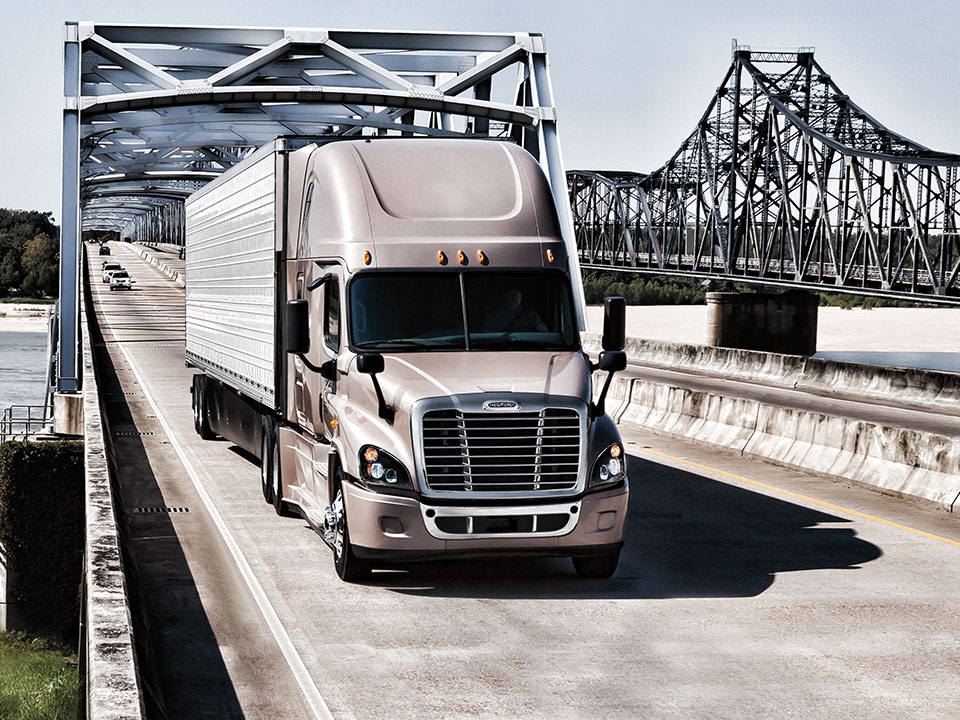With the International Roadcheck for 2022 just a month away, it’s time to ensure you’re doing your due diligence with respect to every vehicle in your fleet.
Every year, we know it’s coming and every year, there are fleets that don’t do everything necessary to get ready for the event. Obviously, I’m referring to the Commercial Vehicle Safety Alliance’s (CVSA) International Roadcheck. This year, the 72-hour safety blitz will take place May 17-19 throughout the U.S., Canada, and Mexico.
In an environment plagued by truck factory shutdowns and parts and components shortages, keeping the existing vehicles in your fleet safe and road-ready has never been more important. Taking any vehicle or driver out of service for violations costs fleets in more than just money; there’s also the drop in trust with shippers and customers since deliveries may not be able to be made on time.
During the 2021 Roadcheck, more than 40,000 trucks were inspected. Of those, more than 6,700 trucks and more than 2,000 drivers were placed out of service and, therefore, off the road. That amounted to a 16.5 percent vehicle out of service rate, which was lower than the previous year’s 22.2 percent. That may be an improvement but is still higher than it should be.
Every year, CVSA picks an area of focus; a vehicle function and/or driver behavior to look at closely. They notify the public and the industry what that area of focus is, giving fleets a heads-up on where to focus maintenance (although that doesn’t mean paying less attention to overall maintenance).
Last year, the focus was on lighting, including headlamps, tail lamps, stop lamps, turn signals and lamps on projecting loads. When the 2021 Roadcheck data was released, it showed that lighting was still a major violation (14.1%), behind brake systems (26.5%) and tires (18.6%). This year, the focus will be on wheel ends, which makes sense since wheel end components like brakes made up the highest out of service rate last year. For this year, as of February 16, the FMCSA listed wheel end component violations among the top 20 of truck violations.
Use the next month wisely.
If you haven’t already done so, you still have time to analyze maintenance and repair data along with data from previous roadside inspections to notice patterns of recurring problems and to discover the root causes of those issues. As I noted above, maintenance can put increased focus on wheel end components, but that doesn’t mean the rest of the vehicle can be given short shrift. Once maintenance has identified past issues, steps can be taken to change inspection procedures or maintenance practices so that those problems can be found and fixed before trucks leave the yard. Maintenance and management need to always remember…to really fix a problem, it is important to identify the root cause. There is no point in just fixing the symptom because that only temporarily makes things better. Permanent fixes require digging deep to find the real culprit.
As trucks get more complex, with a greater dependence upon technology, maintenance teams must keep up with that technology, which will likely require ongoing training. Roadcheck is actually a way for fleets to measure their maintenance team’s knowledge and performance. It’s way past time for fleets to have trucks getting placed out of service for issues that could have been taken care of by a change in the vehicle inspection process and maintenance procedures.





